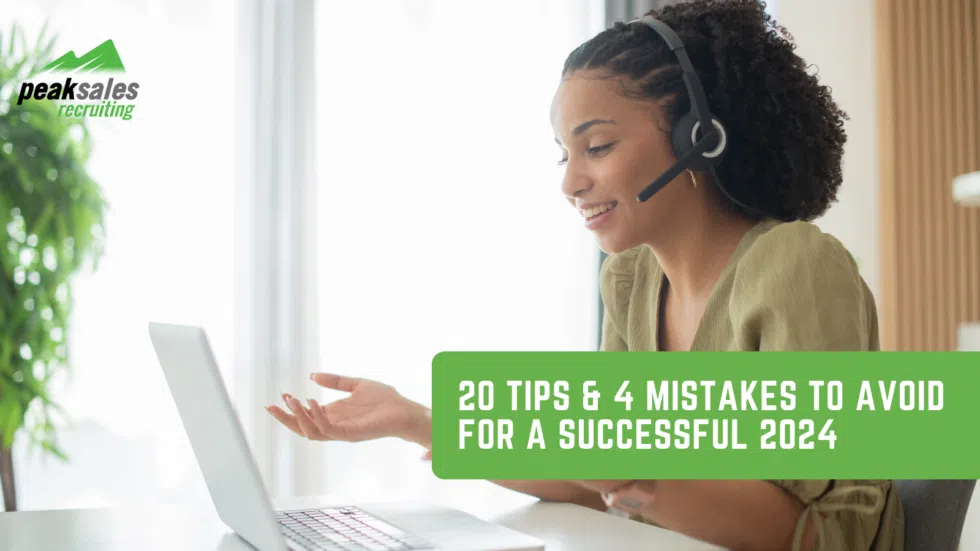Salespeople usually close on winning new customers. This guide will help your salespeople look at your current customers differently.
The Risks of Short-Term “Hunter” Thinking In Sales
By tradition, most if not all salespeople see themselves as hunters. This mentality is often captured in the phrase “eat what you kill.” In some environments, like 100% commission-based roles, no new sales mean no income for the salesperson. Indeed, landing new customers is crucially important. Without a steady stream of new customers joining the organization, your company’s growth will stall and eventually stop.
The dark side of this focus on new customers means that existing customers sometimes become a secondary priority for salespeople. As a result, there are fewer opportunities to lift customer satisfaction, earn referrals and grow the bottom line with upselling. It’s not just missed opportunities that sales organizations need to be concerned about.
Put yourself in the shoes of a salesperson whose career progression and income are measured mainly on new sales. Given a choice between prospecting for a new opportunity and checking in on the customer you closed last quarter, prospecting will win every time. Over time, it’s no surprise that some salespeople focus on short-term wins rather than strategies that maximize long-term customer satisfaction.
Growing Accounts After Customers Sign On The Dotted Line
Salespeople can grow revenue by making time for their customers. First, your organization’s sales compensation plan focuses on net new sales. Second, salespeople spend the majority of their time working on new deals. These strategies are designed to be executed 2-4 hours per week.
Strategy 1. Create A Post-Purchase Sales Communication Plan
Nearly all professional salespeople have digital calendars and customer relationship management (CRM) tools at their fingertips. Use these tools to support your post-purchase sales communication.
Suppose your typical customer relationship lasts for twenty-four months at an enterprise software company. In that case, use the following schedule to stay in touch with your buyer.
- 15 Days After Purchase: Check in to confirm the customer has received the product and see if they have any questions.
- 30 Days After Purchase: Get in touch with the customer to invite them to a free customer webinar where they can get answers to questions.
- 90 Days After Purchase: Ask the customer to share feedback about the product (i.e., what features do you like the most and what do you wish we had?)
- 6 Months After Purchase: Get in touch with the customer and ask them to write an honest, positive review of your company on G2.com or Capterra
- 12 Months After Purchase: Send the customer a card or gift to recognize their first customer anniversary.
- 15 Months After Purchase: Get in touch with the customer to offer a renewal promotion (i.e., get 15% off your annual plan if you renew for 12 months).
The key to successfully executing this strategy is consistency and leveraging reminders. Therefore, set aside 20 minutes after closing a new sale to add these reminders to your preferred tool.
Strategy 2. Request Introductions
People tend to know people like themselves. Accountants know other accountants, marketers know advertising people, and so forth. You can use this rule of thumb to your advantage by thoughtfully asking for referrals.
The way you execute this strategy depends on your company’s business model. In B2B sales, look for departments regularly interacting with your current customer.
For instance, let’s say you have sold a sales software tool to a Fortune 500 business based in California. That business likely has multiple sales units across the country and internationally. In this case, you might phrase your request like this “Do you know Jane Smith, sales director of the Northeast Sales division? If so, can I ask you to send a short introduction email on my behalf – I have a draft message you can copy and paste.”
With business-to-consumer sales, your objective is to seek introductions to people with similar needs. For example, a real estate salesperson might focus on serving urban professionals between the ages of 30 to 40. Your past customer probably has a few friends who might be looking for a home.
Strategy 3. Reach Out With Value
The first two strategies were aimed at producing value for the salesperson. Only contacting your customer with requests may not be wise. You don’t want customers to see you as someone who makes demands! This strategy comes into play.
With this strategy, your goal is to simply remind the customer of your existence and that you care about them. The way you implement this strategy will depend on your natural strengths. Some people love remembering occasions like birthdays by sending gifts. Others enjoy sharing links to informative articles or books.
The marketing assets produced by your company may be helpful here. However, there is a caveat – personalization is king! If your company has produced a 20-page ebook and you think it would be relevant to Edward, do the work for your customer in your outreach message. For example: point out that chapter 2 (pages 7-10) have tips on automating compliance – a concern that Edward mentioned in your last call.
Regarding frequency, it is best to use this strategy every 2-3 months with your top customers. If that feels overwhelming, identify your ten most valuable customers and implement this strategy for them.
Strategy 4. Follow Up On Customer Complaints and Requests
The fourth strategy is reactive, so we are covering it last. We live in an imperfect world: it’s likely that your customers are going to want something new or have a problem to solve. Today, a customer might contact you with concerns about a delayed shipment. Next week, a customer might contact you to ask for something new (e.g., we’re opening an office in Mexico – does your software come in Spanish?)
When problems arise, you may not have the skills or time to solve the problem for the customer personally. That said, nobody likes to feel shifted from department to department to get a problem solved. The solution is simple – take note of the customer’s problem and refer it to the appropriate department.
The next step is where you have the opportunity to shine as a salesperson. Keep following up internally and with the customer to verify that the problem has been solved. Acting as an advocate for your customer internally is not only the right thing to do, but it makes them more likely to take your call in the future.
No Capacity For Sales Followup?
The above strategies are best seen as ways to deepen customer relationships and increase customer lifetime value. Focusing your efforts on these strategies is often worthwhile, but they have drawbacks. Growing existing customer relationships is a long-term play – it could take months or even years to pay off.
If your company needs to produce results faster, bringing new sales talent to the organization is your best bet. Contact Peak Sales Recruiting today to grow your sales team. Whether you need account executives, sales development representatives, or other sales talent, we can help.
Take the time to read our other blogs!
Related posts
Latest posts by Kyle Fletcher (see all)
- Employee Referral Programs: Is Your Next Sales Rep Just One Connection Away? – December 27, 2023
- Don’t Make These 7 Offer Stage Mistakes – December 19, 2023
- Mastering Sales Management: 8 Sales Leadership Qualities Required for Success – December 15, 2023



